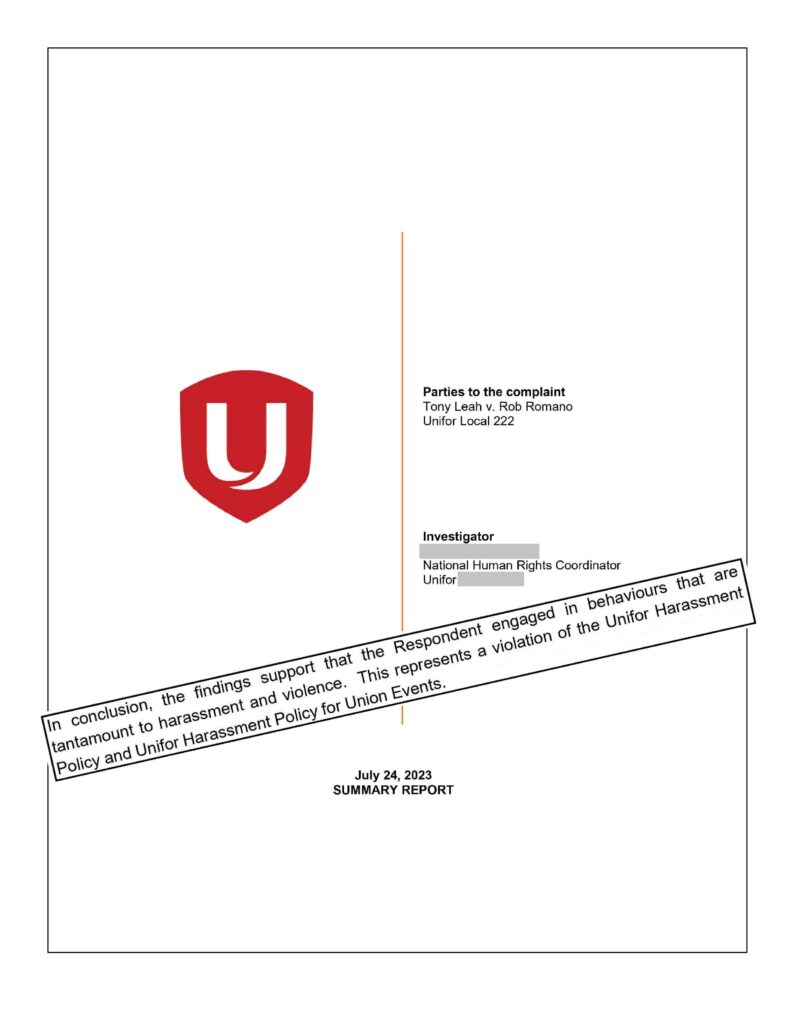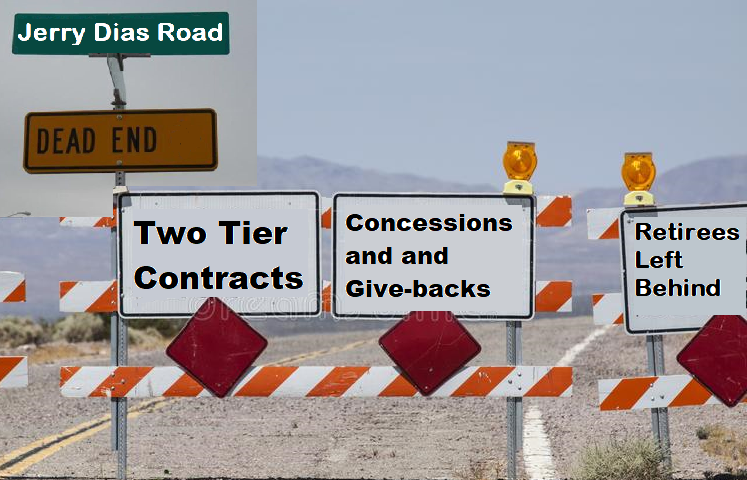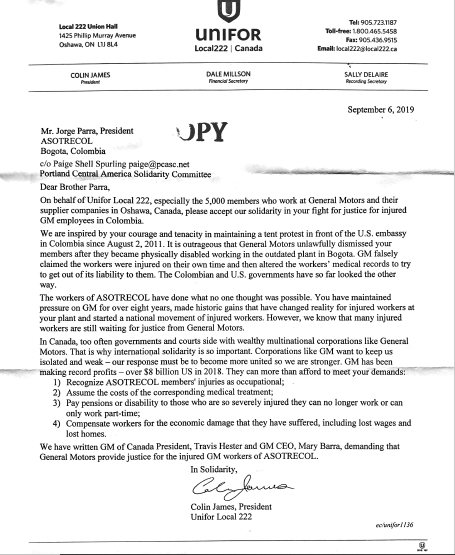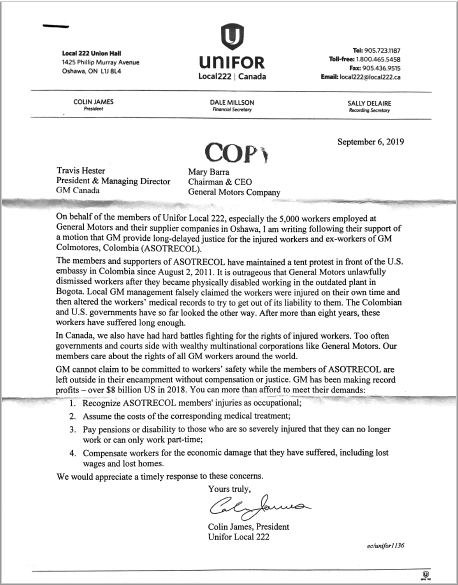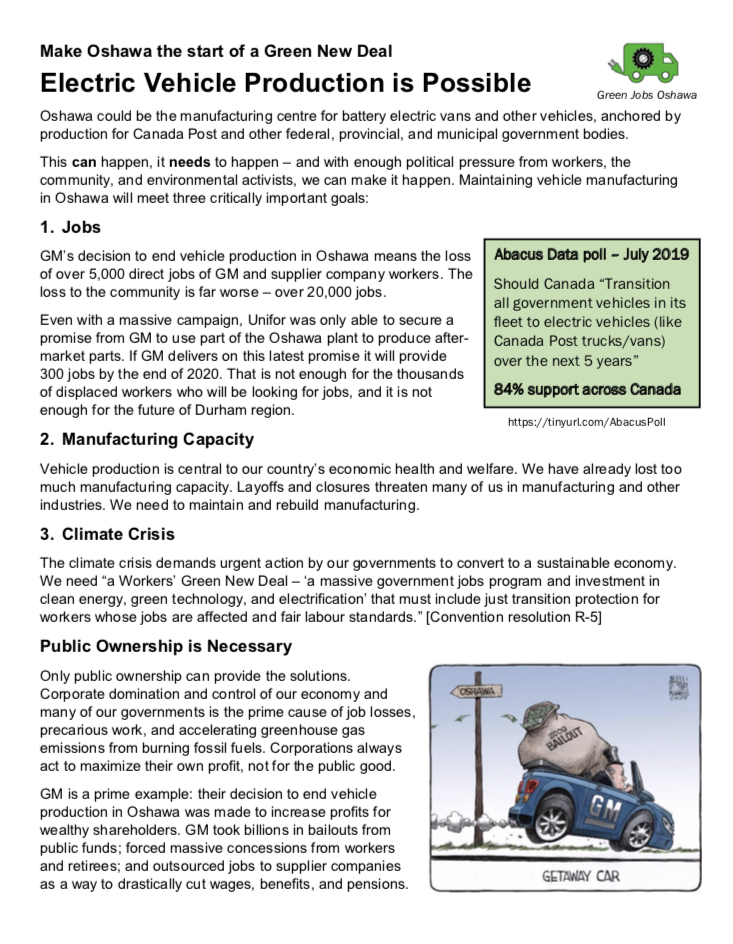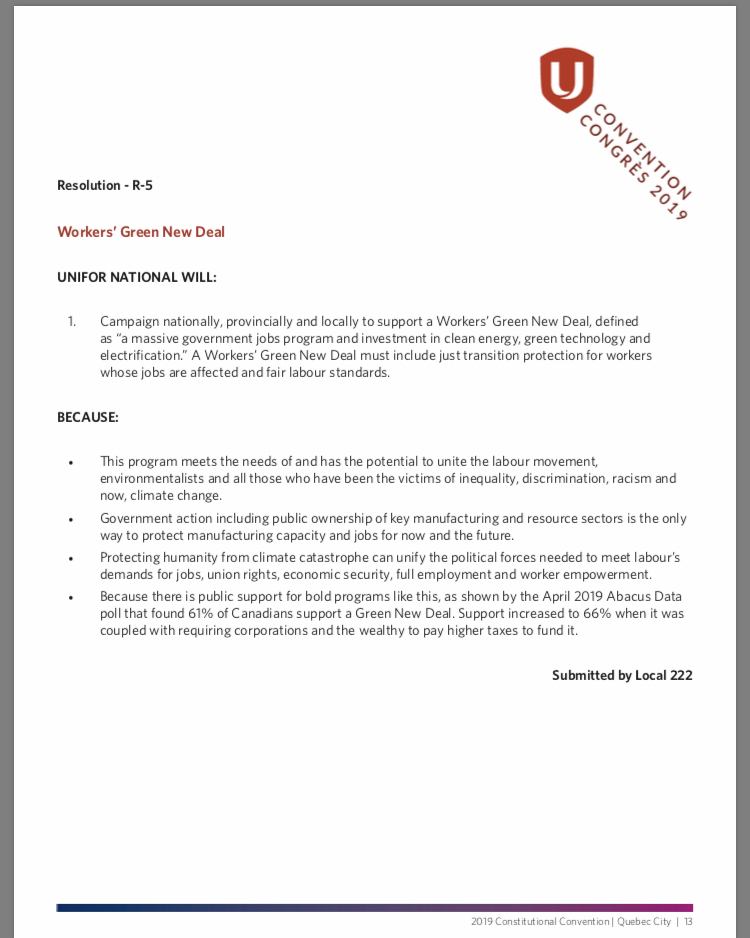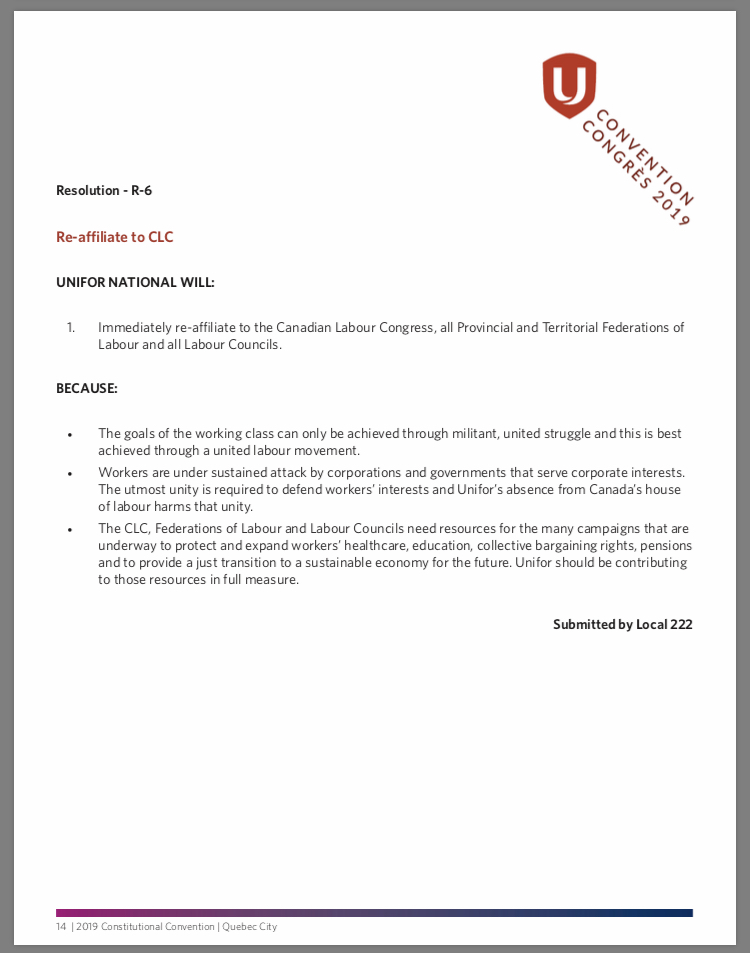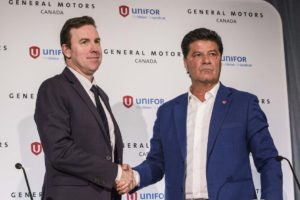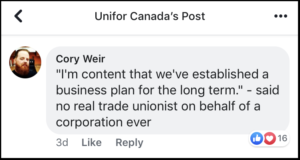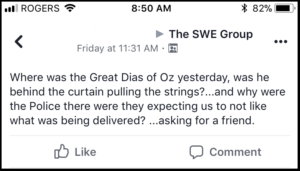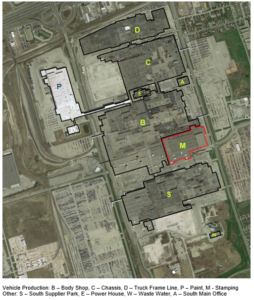Unifor has just launched a campaign that they call “Fact Check Here.” The campaign is supposed to counter “disinformation” and support efforts to “sort the lies from the truth.” That sounds like something we really need. But when I looked at the cartoon and video ads produced for the campaign I was taken aback.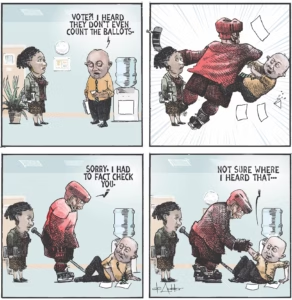
The ads feature ordinary people at the water cooler in their office, or in their back yard. When someone expresses a questionable opinion a burly hockey player flies in and flattens them! “Why did you do that?” is answered with the tagline “I had to fact check you.” My question is – why are ordinary workers getting targeted and knocked to the ground, but not the sources of misinformation? The most powerful sources of disinformation in Canada are the corporate media conglomerates but the Fact Check Here campaign ignores their bias. Maybe that’s because they have endorsed (and funded?) the campaign.
Media bias against workers, people fighting for justice
Workers know that we never get fair treatment from the corporate media when we take on our employers or go on strike. We see over and over any criticism of a society dominated by billionaires is marginalized or censored. Most Canadians’ oppose the ongoing genocidal assault on Gaza by Israel, yet mainstream Canadian media provides unbalanced coverage that overwhelmingly supports Israel. Many journalists have complained about the restraints put on their coverage, including the “don’t say Palestine rule.” The corporate media maintains unanimity that public ownership is bad, that social services need to be cut back, and about who we should see as enemies in the world, and who should have economic sanctions imposed on them, (generally taking their cue from the US State Department).
Partners with Media Conglomerates?
Yet, astonishingly, the Unifor campaign does not call out the billionaire owners of our biased media. In fact, the Unifor campaign is done in partnership with them, and they are the ones who are defined as “legitimate news outlets.”
Who decides which news outlets are “legitimate”? Who owns these “legitimate” outlets, and what ideology do they promote? The vast majority of Canadian news sources, other than the CBC are owned by six corporations, mostly owned by multi-billion-dollar families: Rogers Media (owned by the Rogers family), Bell Media, Corus (Shaw family), Thomson-Reuters (Thomson family), Torstar, and Postmedia.
These corporations are committed to the class interests of their billionaire owners, not to the truth.
The Fact Check Now campaign lists affiliates of every one of these media conglomerates as partners (along with a few smaller online journals). They tell us “Credible News Can Be Found Here” and then list the Globe and Mail, CTV, Torstar and Postmedia. Does anyone really consider Postmedia, owner of the National Post, the Toronto Sun, and over 130 other media outlets to be “credible?” (Postmedia is owned by a US hedge fund with ties to the Republican Party.)
At the press conference announcing the launch of the campaign, one speaker was Paul Deegan, the CEO of News Media Canada, the organization of Canadian news corporations. Deegan said, “Real journalism costs real money. And if we can’t monetize that content, we cannot reinvest in accurate and authoritative journalism. (at 0:50 of the video)”
Lana Payne went so far as to say, ““We are pleased that so many employers of our members — large and small organizations — are standing with us.”
We should be asking questions when a union leader brags that employers are “standing with us” – questions like “Which side are you on?”
Media Blackout of Unifor Convention Support for Palestinians
Unifor has an additional very good reason to be skeptical of the motives of corporate media, since they were recently subject to a news blackout of their support for Palestinian rights. At the August 2025 Unifor convention, a resolution was adopted unanimously “to support Palestinian Trade Unions and Palestinian workers who are affected by the ongoing genocide”, and “endorse the call by Palestinian trade unions for an arms embargo on Israel.” In addition, Unifor’s Nelson Mandela Human Rights Award was presented at the Convention to the Palestinian Journalist’s Syndicate. These newsworthy events were not mentioned anywhere in a single mainstream media outlet.
Maria Ressa and the NED – US State Department and CIA News
The clearest indication that Unifor’s Fact Check Now campaign is supporting the wrong (class) side in the debate about “credible news” is that their statement is introduced with a quote from Maria Ressa. Ressa is chair of the “World Movement for Democracy”, which is controlled by the National Endowment for Democracy (NED). The NED is funded by the US Congress to the tune of hundreds of millions of dollars annually, and operates to advance the interests of the US around the world, including promoting coups and regime change against governments they don’t like. NED founder Allen Weinstein once said: “A lot of what we do today was done covertly 25 years ago by the CIA.” A large part of the activities of the NED and its arm, the World Movement for Democracy, involve using their resources to influence and control news coverage under the direction of the US State Department. This is the opposite of fact checking.
We need pro-labour news
All news sources have a bias. Unions have a duty to workers to support media that is on our side, not against us. We can no more be partners with the owners of the National Post or the Globe and Mail, than we can be partners with the owners of GM or Stellantis. Our unions should be helping Canadian workers to understand how much of our media is owned by billionaires, and how that determines what news we receive. Journalists are workers who should be supported, including when they face pressure to amplify the views of the owners of the media outlets that employ them. We can support journalists without supporting their billionaire owners. Workers and capitalists have no interests in common, and our task is to support workers.


